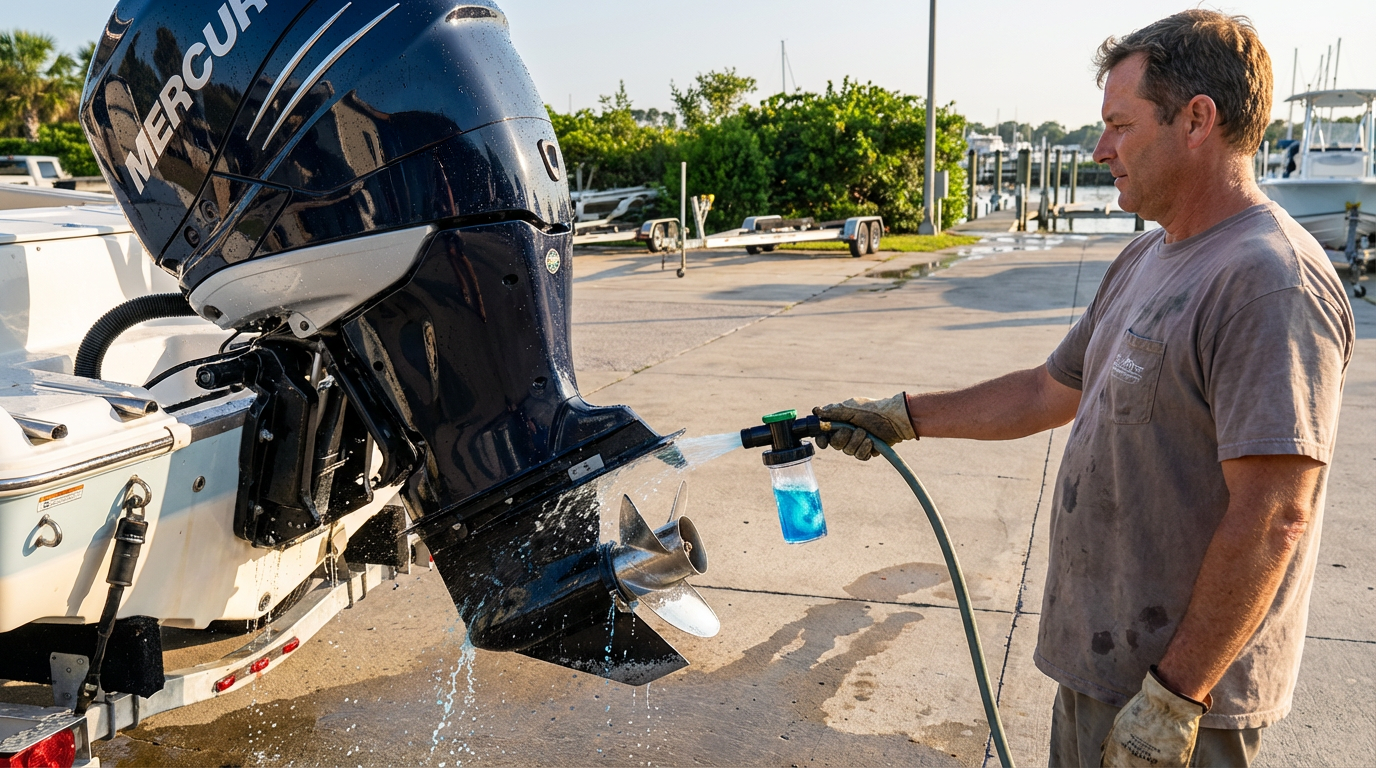The marine environment is hostile. Saltwater corrodes internal cooling passages, and condensation puts water in your fuel tank. If you ignore these two threats, your engine will fail.
The good news? Preventative maintenance is cheap. Here is the Go2Marine protocol for keeping your engine running cool and clean.
1. The Flush: Salt-Away is Not Snake Oil
Flushing with fresh water is good; flushing with a salt-removing agent is better. Salt-Away is the industry standard for a reason. It breaks down salt crystals that fresh water alone can't dissolve.
- For Outboards: Use "Ear Muffs" (Motor Flusher) connected to a garden hose with the Salt-Away mixer unit.
- For Inboards/Sterndrives: If your boat is in the water, you need to flush the raw water cooling loop. This often requires a specific Inboard Motor Flusher (like the "Fake-A-Lake") or installing a permanent flush valve.
Shop Salt-Away Kits & Concentrates
2. The Kidneys: Racor Fuel Filters
Marine fuel stations are notorious for having water in their tanks. If that water hits your fuel injectors, you are looking at a massive repair bill.
Your engine's internal filter is not enough. You need a primary Fuel/Water Separator. The gold standard is Racor (Parker). Their clear bowls allow you to visually inspect fuel quality and drain water before it enters the engine.
Pro Tip: Always carry a spare filter element (e.g., Racor 2010 Series) on board. A clogged filter is the #1 cause of engine shutdowns at sea.

Shop Racor Turbine Series & Replacement Elements
3. The Lungs: Heat Exchangers
If your engine temp is creeping up, your Heat Exchanger might be clogged. These units transfer heat from your engine's coolant to the raw ocean water.
Over time, the small tubes inside get blocked by scale, salt, or impeller fragments. We stock replacement heat exchangers for major brands (Mercruiser, Volvo, Yanmar) and the gaskets needed to service them.

